Can anyone experienced in signal processing and STFT explains to me why the window function in the below posted image is from (t-t'), given that t is the total time and t' is the width of the window?
I can not figure it out because, initially, the window is located at t=0, and if the window length for an example is 3, then the window will spans from t=0 -> t=3, and if the total time T = 10 for an example then the window function will be like w(T-3), which is 7?! I really can not understand it and I believe there is any hidden thing I can not comprehend.
Kindly please clarify it and guide. Thanks
Image:
